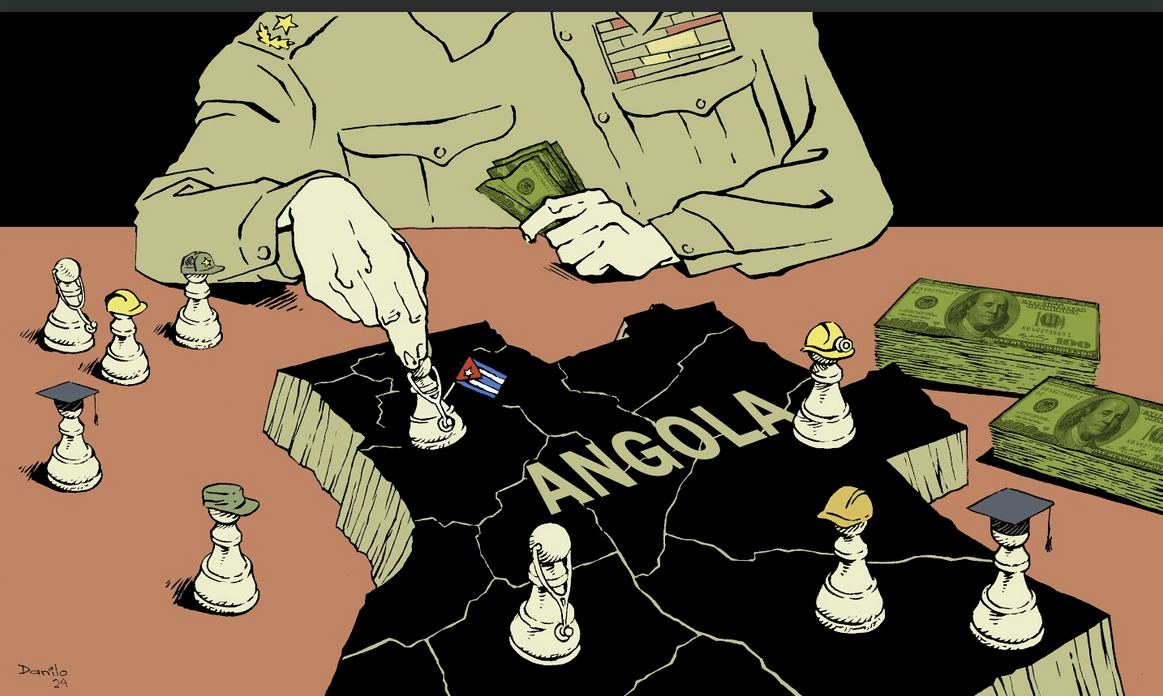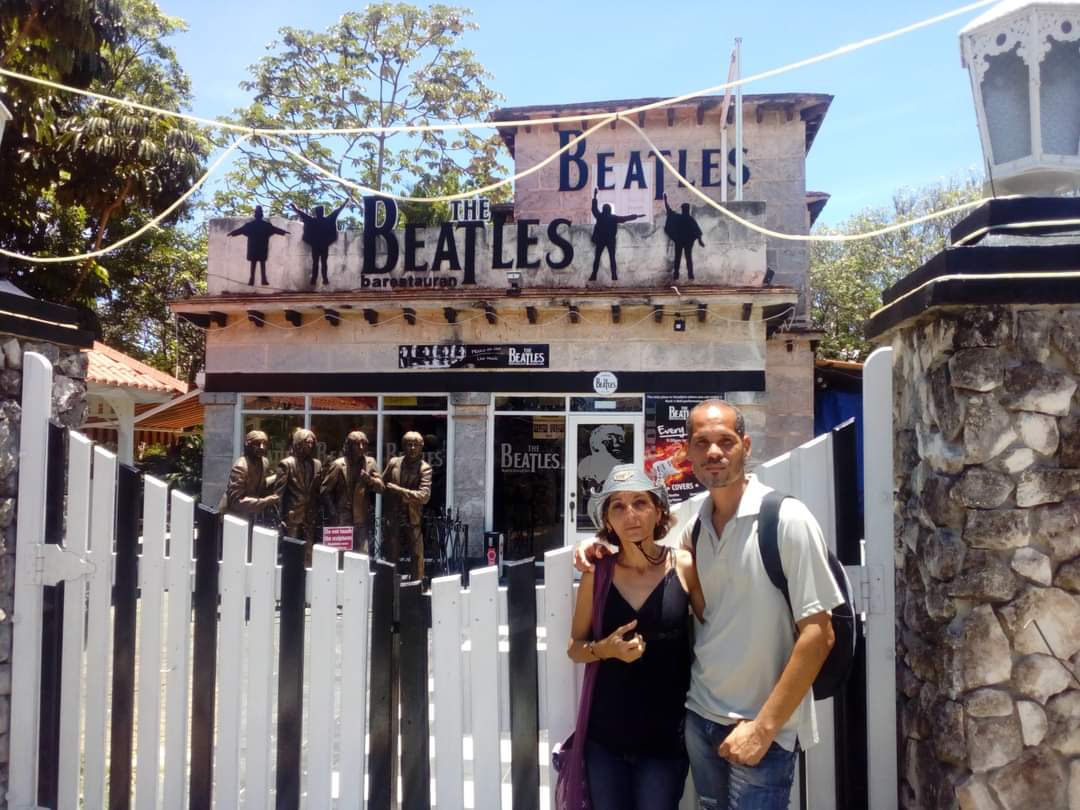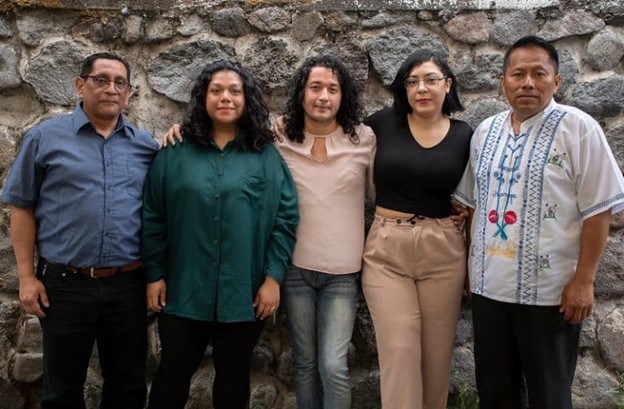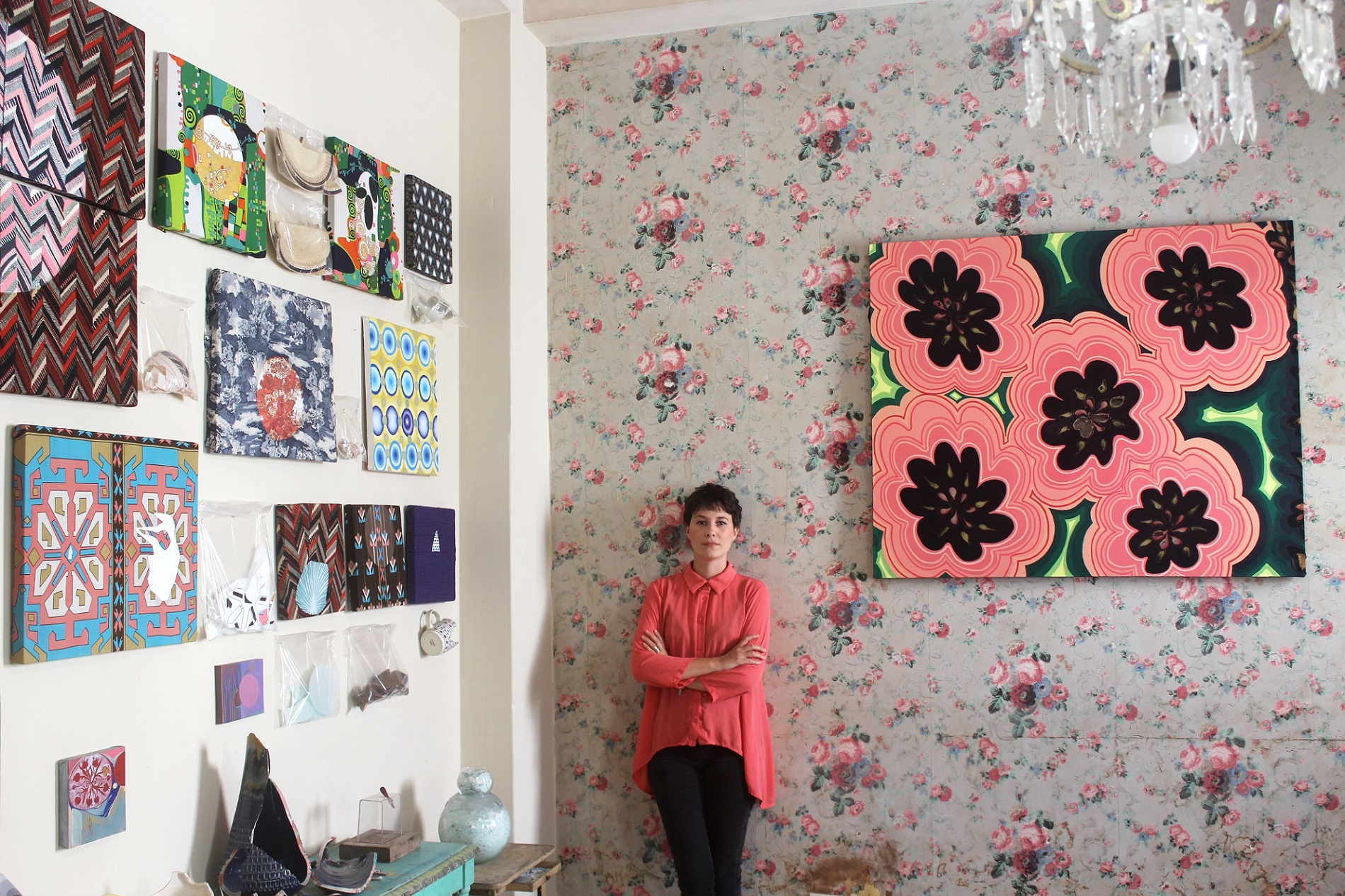HAVANA, Cuba. – The site of Cuba’s College of Design – Instituto Superior de Diseño (ISDi, by its Spanish acronym)- has been shut down due to structural and architectural damages that could cause an imminent collapse, thus endangering its occupants. Therefore, according to information made available by some news media, the building has been evacuated urgently, and operations have been transferred temporarily to other buildings of the University of Havana.
Images published to date, as well as testimony from faculty and students of the school made public after the news of its closing, confirm the perilous degree of the building’s deterioration.
However, comments and opinions expressed in conversation on social networks show the growing preoccupation with the possibility that, once the structural and architectural problems are resolved and the building is restored, it might not return to its traditional purpose, but instead be converted into another hotel facility. That has happened lately with other buildings on the verge of collapse that have been evacuated under the guise of “restoration”.
Although the plot of land that ISDi occupies, between Belascoaín Street and Carlos III Avenue, is not exactly a tourism development zone now, and neither are adjacent lots being promoted in the [Investment] Opportunities Portfolio to date, we are talking about a colonial construction of historical value and considerable dimensions located midway between tourism-interest zones like El Vedado and Old Havana. It’s also located in the vicinity of a road that provides quick and direct connection between the center of Havana and the José Martí International Airport.

The fear that the ISDi ends up as a hotel is not unfounded; there are many examples in plain sight. It happened with the residential and cultural and sports facilities around the Payret movie house, in Old Havana, that now are part of the long list of “properties of interest” that the GAESA military-and-commercial emporium of Cuba’s Armed Forces, has adjudicated to itself. It also happened with Manzana de Gómez, which went from being a school to being a luxury hotel.
It has also happened with former tenement housing whose tenants have been displaced to make room for hotels like Iberostar’s Paseo del Prado and Gran Packard, in addition to a dozen more that are still under construction or earmarked for construction in Havana alone, like the 23rd and “K” Tower, or the building to be constructed on the lot formerly occupied by the Moscú Restaurant. This investment, as can be verified in the various Opportunities Portfolios published between 2012 and today by Cuba’s Chamber of Commerce and by the Ministry of Tourism, are not even being promoted.
However, in the releases about the closing of ISDi, in addition to communicating uncertainty, nothing is said about possible functional changes. However, neither is it stated that the Ministry of Higher Education (MES, by its Spanish acronym) will pick up any time soon a building restoration project that is considered to be very complex and that would totally require not only moving considerable resources -which MES does not have- but also the assistance of architectural conservation specialists to handle a building of this type which has been in use for more than a century and a half.
To that end, according to information that CubaNet has obtained from various sources close to the matter, it is possible that restoration work be undertaken by other entities not related at all to MES. There is talk that the property could be transferred to the Ministry of Tourism or to Gaviota S.A. in exchange for their agreeing to provide a new building for ISDi.

Likewise, another option is being considered: that the Ministry of Higher Education keep the building’s property albeit assuming new functions as a hotel that focuses on academic events, and is managed in conjunction with the entity that invests in its restoration.
“Were they to decide to transform it into a hotel, that wouldn’t be bad,” states a source at the Ministry of Tourism under condition of anonymity. “Making the building functional again is a very complex process due to the level of deterioration and also due to the implicit obligation to fund the building’s later maintenance. This is something that is not within the possibilities of the MES. It would be an intelligent decision to reach agreements of this nature, either with us at MINTUR, or with an investor who is able to carry out a restoration of this magnitude (…); or make transfer agreements with construction companies such as Puerto Carena, Almest; or shared management with Gaviota, just to give you a few examples of companies that could be interested.”
“In fact –continues our source- since the 1990s, there have been proposals for that area to become the axis that connects El Vedado and Old Havana, featuring several buildings of great value but that are equally deteriorated and whose restoration becomes very difficult (…). ISDi is located in a high-interest zone in Centro Habana that has remained virgin territory (with respect to tourism development) due to lack of foreign financing. However, the entire axis from Parque de la Fraternidad through Reina and Carlos III streets and through Revolution Square all the way to the airport, could soon become most important under more favorable conditions (…), because it is located in one of those avenues that will be among the most attractive if it is restored, an artery that connects the airport directly to the Capitol Building, the hotels in the vicinity and the historic center of the city,” stated the official.

A return to its origins?
Architect Marta García Bonet, who worked as a specialist in several companies of the Ministry of Construction between 1992 and 2006, and in the construction company Puerto Carena until 2016, assured CubaNet that in the restoration plans for the present ISDi building, between 2005 and 2007, there was an idea about conserving the building but as an events hotel, associated particularly to the Cigar Festival (Festival del Habano) and to one of the most important cigar factories in the island, located on 852 Belascoaín Street, that specialized in the manufacture of the Romeo y Julieta and H. Upmann cigar brands.
However, the idea did not come to fruition not only because of difficulties that arose during restoration, which required more resources than originally calculated, but also because it was part of an older and more comprehensive project that called for the restoration of more than 100 buildings, some of them residential, around Carlos III and Reina streets.
“There has always been interest in recovering those streets as tourist and commercial axis – states the architect- not only because of the ISDi building, but also because of other buildings that were equally or more important, like the Great Masonic Lodge, the cigar factory on Belascoaín Street, the Reina Church, the headquarters of the Book Institute, the Culture Center (Casa de la Cultura) in Centro Habana, and several hundred other buildings, some more modern than others, that are true treasures of Cuban architecture. These include the Quinta de los Molinos as a recreation space, and the buildings of the Schools of Dentistry and Veterinary Sciences.

“ISDi’s building was part of the plans for an area where there isn’t a single hotel. (…) Some of the more deteriorated buildings facing ISDi were taken off the list, as were those around Reina Church, in order to provide open spaces, tree-lined areas from where the church could be better appreciated. That is an area that could very well become one of the most attractive zones, architecturally speaking. On the other side of the park on Belascoaín Street, the Aguado y Rico Polytechnic Institute is located on a majestic building which was once Havana’s Faculty of Arts and Crafts, which dates back to the late 19th Century (…). The ISDi building is a few years older, it dates from 1860, and was originally built as a hotel (…). It was named the Military Hotel of Havana (…); keeping in mind its origins, it was thought it could be restored as a hotel, but it didn’t come to fruition,” stated García Bonet.
CubaNet consulted a director at Gaviota S.A. who spoke to us on condition of anonymity. Gaviota belongs to the military-commercial conglomerate that controls the tourism and investments markets in Cuba. We asked the Gaviota director if there was any possibility that the building that ISDi occupies at present, and which had been the headquarters of the Cadets School and the Headquarters of the General Staff for troops during the [U.S.] occupation in 1902, could return to its origins, perhaps as part of that greater project that was abandoned years back.
“Till now, nothing has been said specifically about what the outcome of the building will be, but I don’t think that the Ministry of Higher Education can finance its restoration. One should not waste the opportunity, however, of recovering it for the tourism sector (…). With the pandemic, many plans that were not considered a priority were halted, among them the plan to restore one of the three main axes that run through the heart of Centro Habana and that are of interest (…). They were never part of the Opportunities Portfolio because they were regarded as plans to change the facades in an area that visitors must cross in order to get from one end of town to the other. This is a very attractive zone where tourists cannot find any other type of lodging except for rooming houses.”

“Centro Habana is one of the municipalities where there is greater deterioration. At the same time, a thorough restoration would imply the temporary or permanent displacement of hundreds of people, which is impossible to do under present conditions (…). Of the three axes, the only one that is active is Malecón Boulevard, thanks to the Saudi Fund. The other two –the one that runs along San Lázaro Street from Prado to El Vedado, and the one that starts on Reina Street and ends at Revolution Square- have been frozen for the time being, although we never waste an opportunity like this one to recover buildings that are of interest and that are still part of that greater plan. The policy is not to share management with Cuban entities, that is not viable. Gaviota only shares management with some of the larger foreign investors (…). When they are not found, the policy is to add [those buildings] to our patrimony, even if at the moment of their acquisition we are unable to start their restoration (…). With the thawing under Obama, we thought we would be able to restore the three axes, but with Trump and later the pandemic, everything came to a halt (…). We thought of the ISDi building because of its potential to be turned into a hotel, after all, that was its original function (…). It’s been proven that the Ministry of Higher Education is not able to upkeep it. We know that investing resources in a project that in five or ten years will be in danger of collapsing once again, is absurd. Therefore, I don’t think it likely that it will end up as a hotel, but I do see it becoming part of our patrimonial fund, or part of the Office of the [Havana] Historian. Those are the only ways that the building will remain standing,” stated the source.

In spite of the fact that, for the moment, it cannot be said that the ISDi building will end up like Manzana de Gómez, or the Payret movie house, or the “Kid Chocolate” Multipurpose Sports Hall, or the recently inaugurated Gran Hotel Bristol near the Capitol Building, and also keeping in mind the “frozen plans” of turning the most visible ruins of the Centro Habana municipality into an attractive corridor for tourists, one should not ignore the possibility that, any moment now, what were once university classrooms will be turned into guest rooms and suites for a tourism sector that is showing no signs of recovery.
In spite of the present economic crisis, and the negative indicators from the tourism sector this year to date, the plans to build more hotels in a city that is collapsing because of the institutional state of neglect in which it keeps its buildings, are still standing. Even Cuba’s president, Miguel Díaz-Canel, reaffirmed those plans a few days ago amidst a wave of disgruntled criticism for policies that, clearly, prioritize the wellbeing of foreigners in detriment of the quality of life of the Cuban people.
Recibe la información de CubaNet en tu celular a través de WhatsApp. Envíanos un mensaje con la palabra “CUBA” al teléfono +1 (786) 316-2072, también puedes suscribirte a nuestro boletín electrónico dando click aquí.







